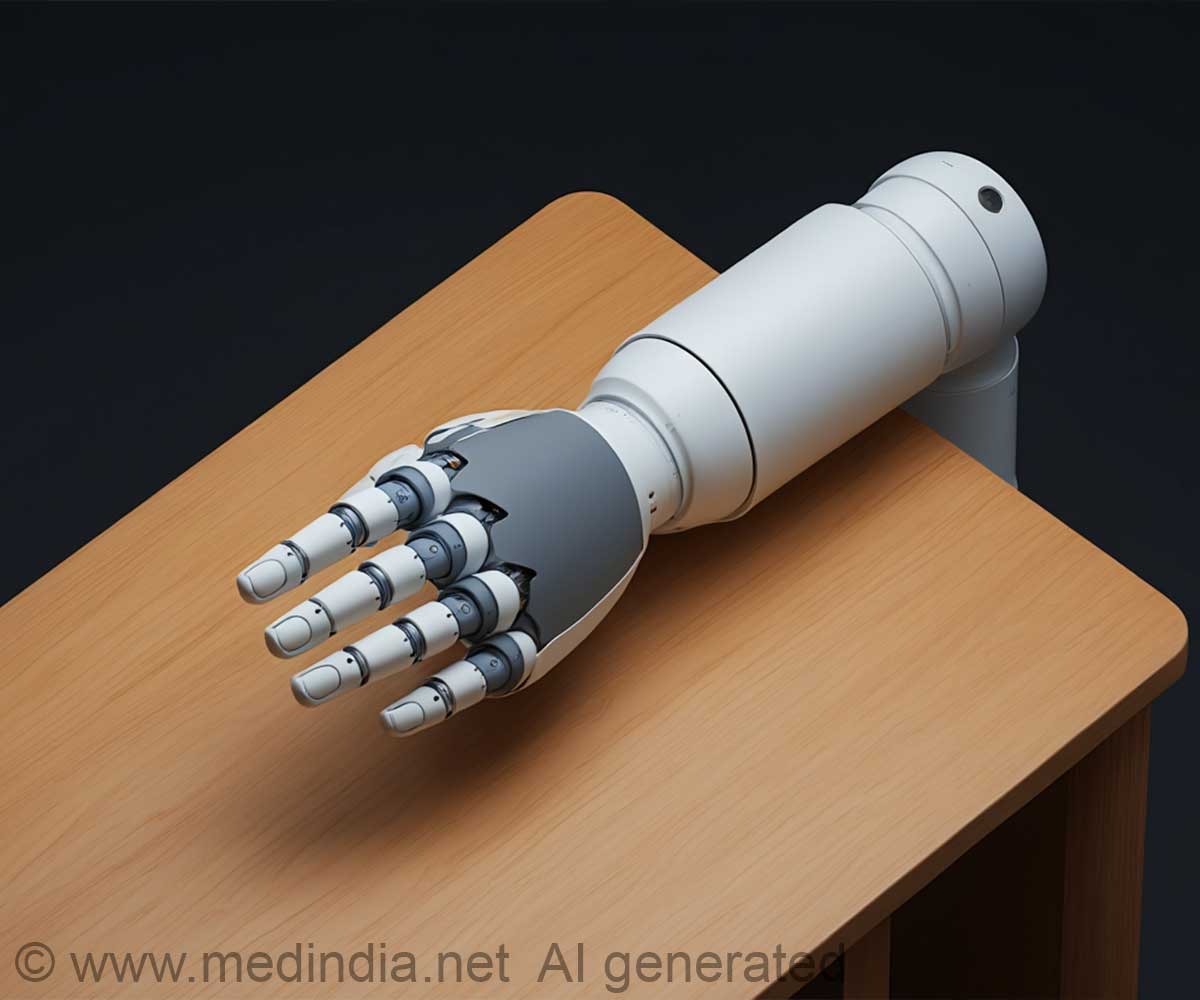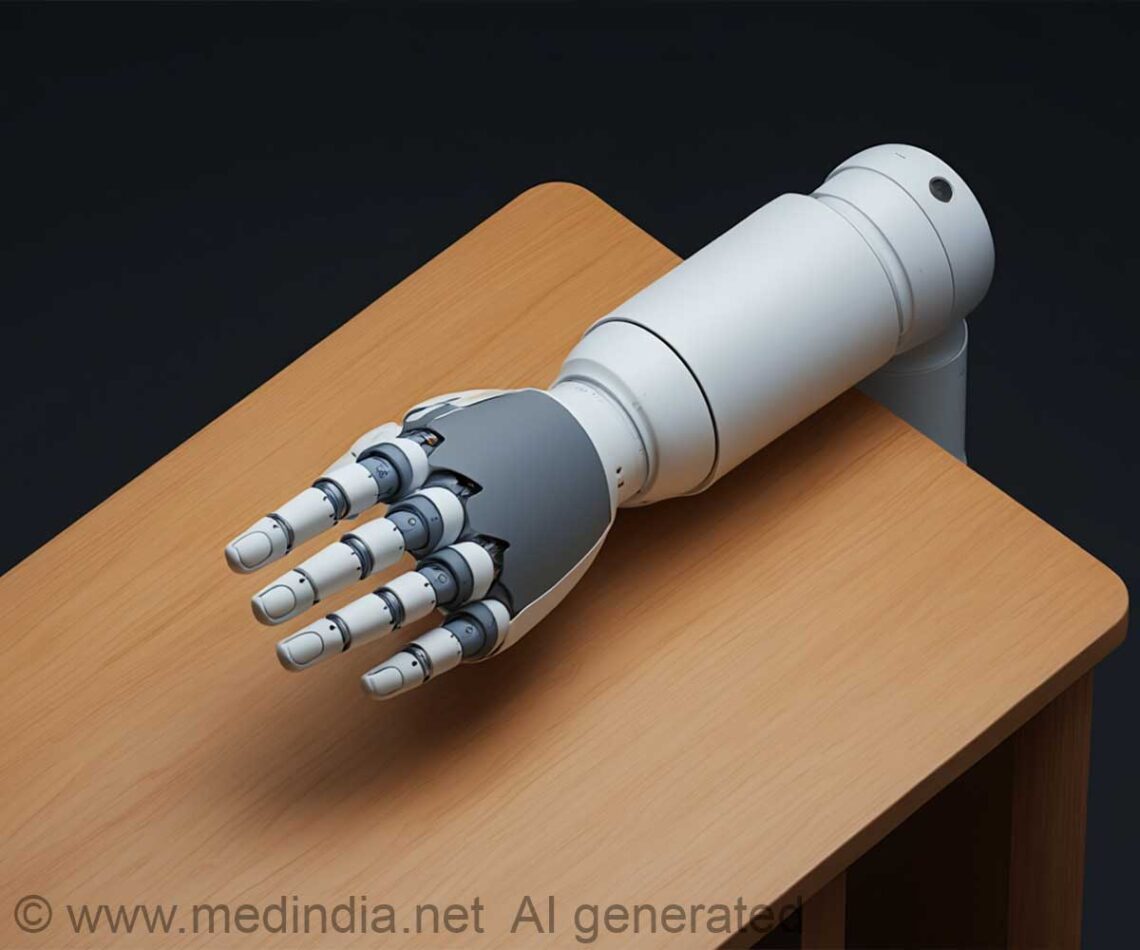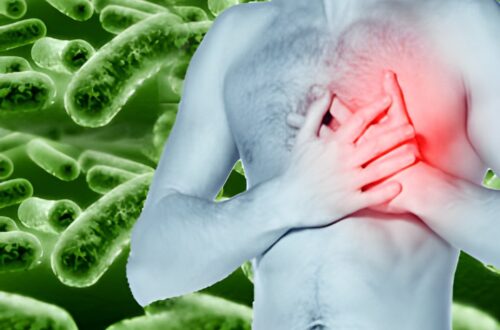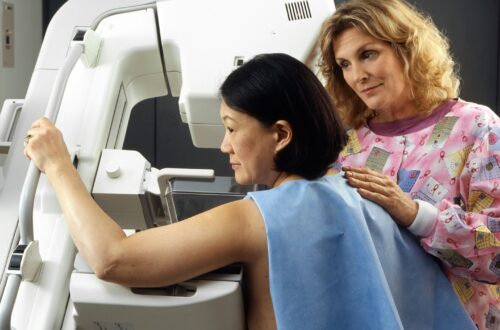3D-printed muscle-tendon units can mimic real movement and last longer, opening doors for robotics and medical use.

Scientists have created a new type of “living” robotic muscle by 3D bioprinting muscle and tendon cells together. This breakthrough makes tiny muscle–tendon units (MTUs) that can contract, move, and even stay active for months. These bioactuators could one day power soft robots, help test medicines, or even repair damaged human tissues (1✔ ✔Trusted Source
Multicellular muscle-tendon bioprinting of mechanically optimized musculoskeletal bioactuators with enhanced force transmission
).
Advertisement
More Powerful and Smooth Movements
Older forms of bioengineered muscles lacked strength and were not good at transmitting force. By printing both muscle and tendon cells into one unit, researchers were able to recreate a natural junction where muscle connects to tendon. This design allowed the tissue to create more powerful, smooth movements, like the way our own muscles draw on bones.
Advertisement
Printed Muscles with Built-in Tendons
In lab-grown muscle research, tendons are often replaced with synthetic materials. Though these help muscle growth, they don’t behave like real tendons and can break easily. To overcome this, scientists started mixing muscle-forming cells (myoblasts) with tendon-forming cells (fibroblasts). This coculture made the muscle mature better and allowed the tendon part to form naturally, creating a much stronger connection.
Advertisement
Three-Dimensionally Designed
Researchers produced these two types of cells in specific designs with highly sophisticated 3D bioprinting, and the patterns shaped resembled the natural muscle-tendon junction. This did not only stabilize the connection but also enhanced the contraction behavior and the transmission of force by the tissue. It produced a bioengineered muscle-tendon unit capable of contracting with notable strength (up to 350 micronewtons) and lasting a significantly long time (up to 3 months) as compared to previous ones!
Innovative of Biology and Engineering
Simulations using computers assisted in optimizing the shapes of the muscle tissues. Designs featuring higher surface area (sparse bridges) enabled more growth and movement. This harmonization between biology and engineering enhanced strong resistance and resilience.
This study shows that combining muscle and tendon cells with clever 3D printing can make bioactuators that are stronger, more stable, and longer-lasting than ever before. These living muscle-tendon units bring us a step closer to biohybrid robots, advanced prosthetics, and regenerative medicine solutions where lab-grown tissues can move just like the real thing.
References:
- Multicellular muscle-tendon bioprinting of mechanically optimized musculoskeletal bioactuators with enhanced force transmission – (https://www.science.org/doi/10.1126/sciadv.adv2628)
Source-ETH Zurich





